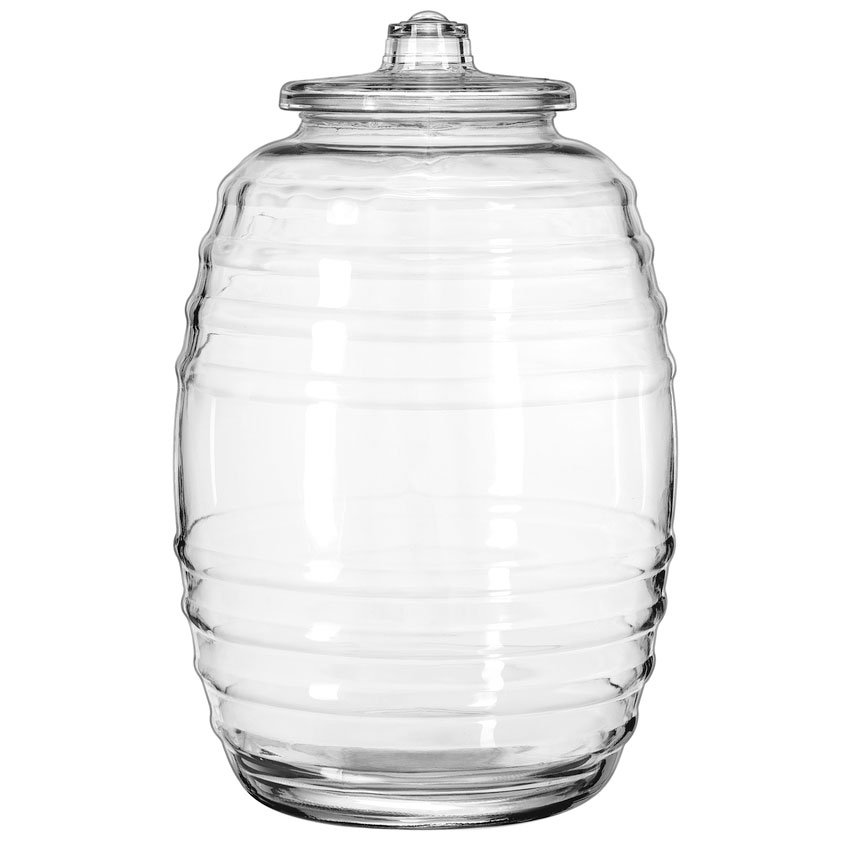TheCrowsNest
Well-Known Member
I've seen this touched upon and the answers I've found don't reference any real-world experiences. It seems most people just frown at the idea because an acidic solution can pit stainless.
I'd love to hear from some people that have dedicated one of their tap lines to kombucha and whether the experience was good or bad.
I'd love to hear from some people that have dedicated one of their tap lines to kombucha and whether the experience was good or bad.





